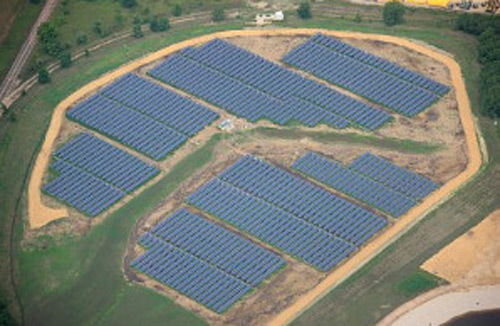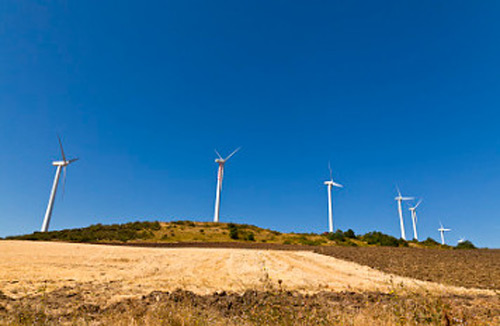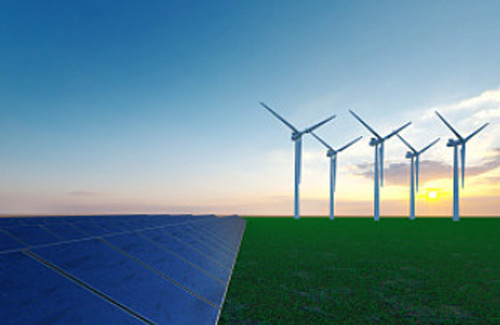New Energy Sources – Industry Trends
Increasing demand for clean energy continues to drive the growth of renewable energy sources. These sources include solar, wind, geothermal, hydropower, and biofuels. Despite challenges such as supply chain constraints, supply shortages, and logistics cost pressures, renewable energy sources will remain a strong trend in the coming years.
New advances in technology have made renewable energy generation a reality for many businesses. Solar energy, for example, is now the fastest growing energy source globally. Companies such as Google and Amazon have set up their own renewable energy farms to supply power to their business. They have also taken advantage of financial breaks to make renewable business models more attainable.
Wind power is the second-largest source of electricity generation. It is harnessed by turbines to produce electricity. The turbines are often located in rural areas. The turbines can be noisy and may damage local wildlife. However, the cost of producing electricity from wind and solar PV is now less expensive than coal-fired power plants. The prices of these renewable energy sources have also declined substantially over the past decade.
Bio-power generation is also growing. The United States is currently the leader in bio-power generation. India and Germany are also leaders in this sector. Bio-power includes agricultural by-products and biofuels. Agricultural production is increasing in many countries and this leads to an increase in the production of renewable energy.
Nuclear technology is also increasing. In Japan, 4.2 GW of nuclear capacity is expected to be restarted in 2022. In parts of Eastern Europe, decarbonization plans include nuclear power. In Germany, remaining 4 GW of nuclear capacity will be shut down this year. The decarbonization plans of parts of Eastern Europe and China include nuclear power.
Energy demand is expected to continue growing, and the need to reduce carbon emissions will continue to grow. The global energy supply crunch has pushed policy discussions around renewable energy. Many countries have enacted or are considering new policies to increase the deployment of renewable energy sources. Some countries have also introduced storage requirements for renewables. This will enable them to better integrate their power sectors with other sectors. The increase in storage capacity will also boost the competitiveness of renewable energy sources.
As the pace of renewable penetration increases on the grid, innovation will be necessary to keep pace. This includes developing new technologies and increasing infrastructure investment. As an example, the Department of Energy recently launched the "Building a Better Grid" initiative. The goal of this initiative is to develop long-distance high-voltage transmission lines that can accommodate the increase in renewables.
In addition to the increased use of renewable energy, traditional energy companies will also diversify to include renewable energy. These companies will also likely seek out manufacturers from the United States to help meet the demand. During the next five to ten years, the energy sector will look different. In addition to traditional energy companies, a growing number of cities have announced ambitious clean energy goals. Many of these cities have already committed to source 70 percent or more of their electricity from renewables.



Post time: Dec-26-2022







